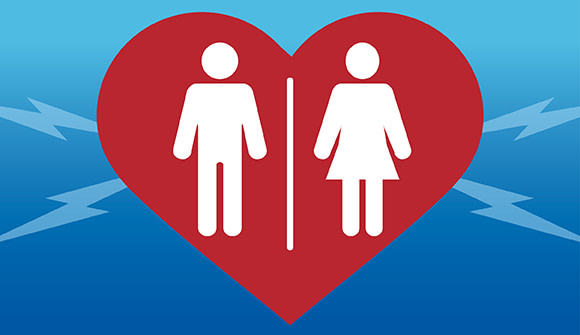Ovarian cancer’s symptoms are subtle
Early detection is key to survival.
Article Date:

Breast cancer can be found with a breast exam or a mammogram. Uterine cancer is often picked up when women have abnormal vaginal bleeding. The Pap test is effective for early detection of cervical cancer.
Ovarian cancer? You likely won’t know it’s there. Not until it turns deadly.
“It’s a life-altering diagnosis,” said Jenny Whitworth, MD, a gynecologic oncologist with Baptist MD Anderson Cancer Center. “A woman sees herself as a healthy person. Then all of a sudden she’s got a cancer that’s very difficult to treat, one that could take her life.”
Ovarian cancer is no longer called a silent killer, but it’s still a whispering one, said Dr. Whitworth. Its symptoms are so vague, women tend to dismiss them.
“Bloating, fatigue, change in GI function—they’re symptoms I’ve had two or three times myself this week,” Dr. Whitworth said. “Most women don’t get diagnosed until they’re stage 3 or 4.”
The greatest hope for improving mortality is to detect the disease earlier. If ovarian cancer is found at stage 1 or 2, it’s very likely to be curable. But only 20 percent of cases are like this. Doctors usually discover early-stage ovarian cancer by stumbling upon it. For example, a CT scan is taken after a car accident and shows a mass on the ovary. It’s a lucky catch.
More often, ovarian cancer is diagnosed at stage 3 or 4. With treatment, the disease typically goes into complete remission. But it also typically returns.
“Once it recurs, it starts to outsmart our treatments,” Dr. Whitworth said. “And every successive treatment becomes less and less successful.”
Unlike other reproductive system cancers, researchers have not found an effective way to screen for ovarian cancer. In a small percentage of cases, a gene mutation called BRCA is present. But otherwise, the causes remain mysterious.
Today, the fight against ovarian cancer is focused on making women more aware of symptoms. Changes in weight, bloating, constipation, GI upset—these may seem innocuous. Then again, maybe they’re not.
“We’re women. We all sometimes have these problems,” Dr. Whitworth said. “But if you have them every day for two weeks and they don’t go away, you should see your doctor.”
Is talcum powder use tied to ovarian cancer?

Talcum power was in the news again this year when a jury awarded 22 women $4.6 billion in a lawsuit against Johnson & Johnson for failing to warn about a possible connection to ovarian cancer. Other similar judgments against the company have not held up under appeal.
While the legal battle intensifies, the science implicating talcum powder remains inconclusive. In 1971, scientists found traces of talcum particles in ovarian tumors. Studies since then have been mixed. Several indicate an increased risk for ovarian cancer when talcum power is used as part of feminine hygiene. Others do not.
Dr. Whitworth is not convinced there’s a connection.
“The biggest and best-executed studies don’t show an association,” she said. “The National Nurses Health Study tracked more than 120,000 women, some of whom had used talcum powder. No association was found between talc and ovarian cancer.”
If a woman diagnosed with ovarian cancer is worried about talcum powder, Dr. Whitworth does not discourage her from eliminating it.
Her own crusade against ovarian cancer, though, remains committed to getting more women to recognize symptoms.
Learn more about gynecologic cancer care at Baptist MD Anderson Cancer Center.



